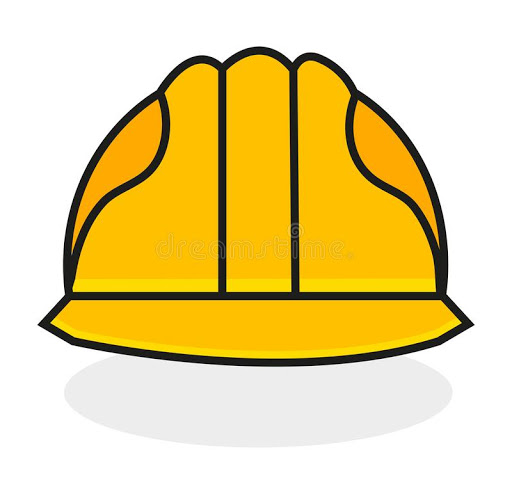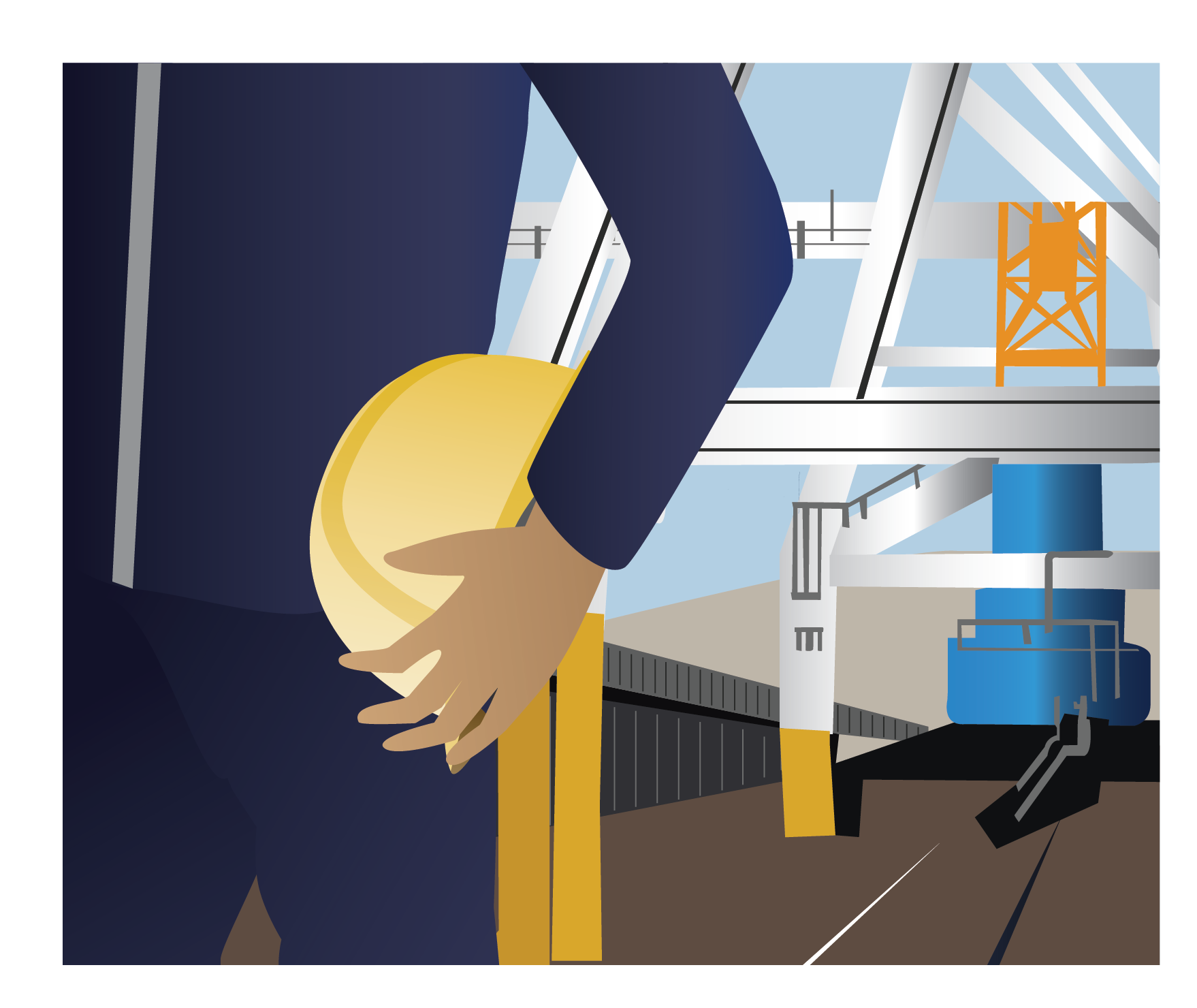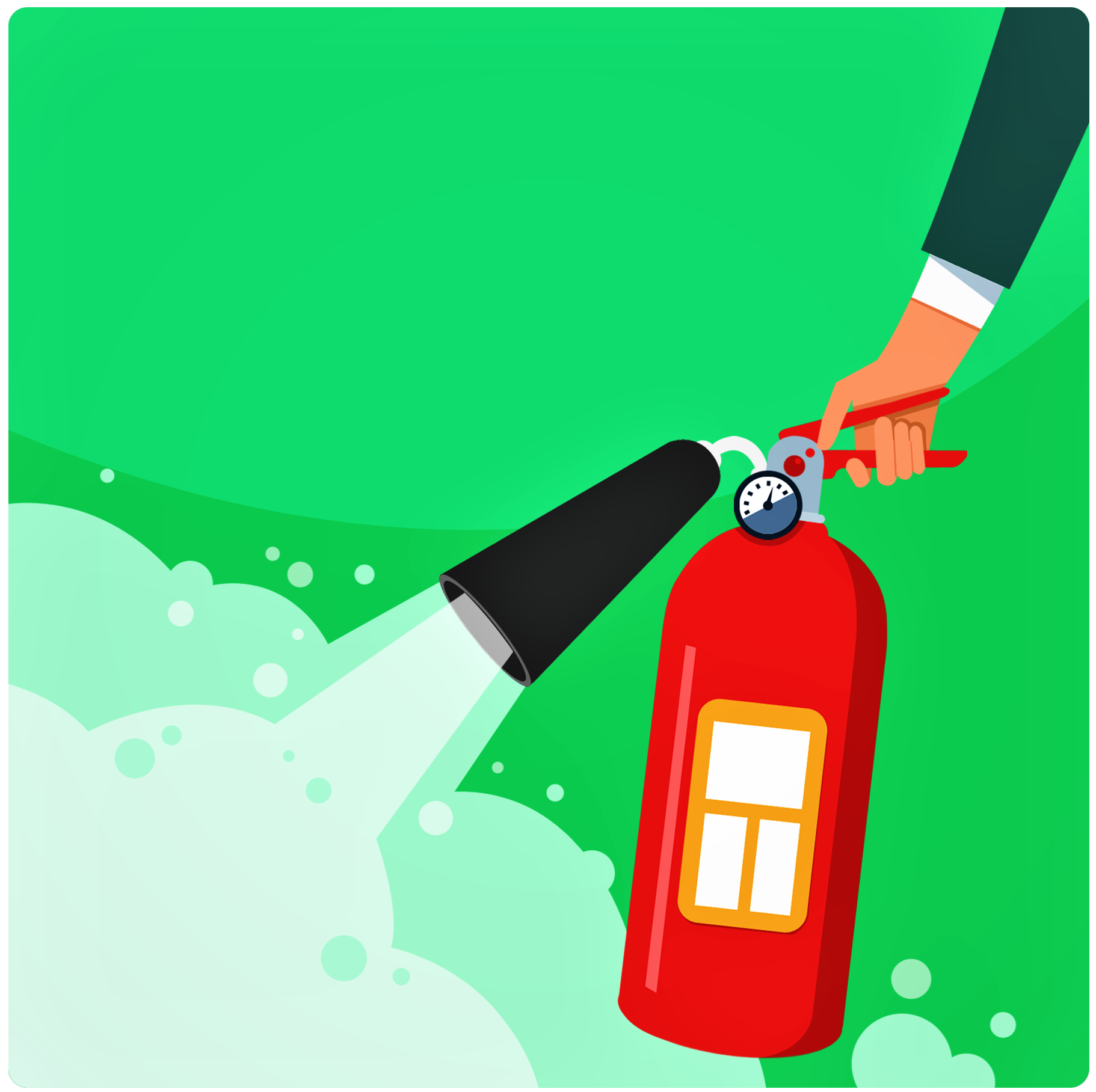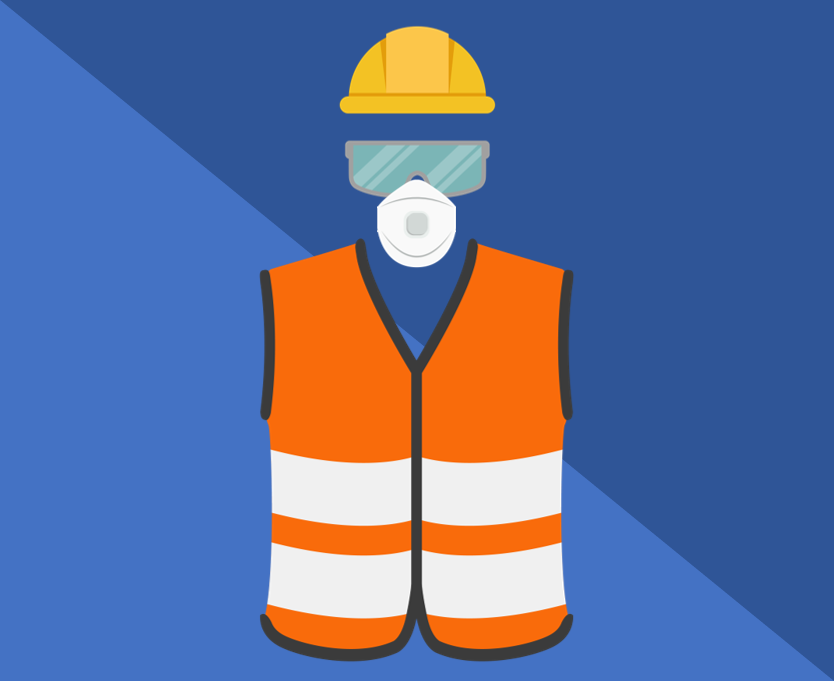When people think about smartphones and viruses, they think of their software. But the outside of the phone can also be a breeding ground for actual viruses. This module will teach you how to ensure your smartphone surface is virus free, as this surface continuously comes in contact with your face. Thus increasing the risk of contracting the Covid-19 virus.

Course Preview






